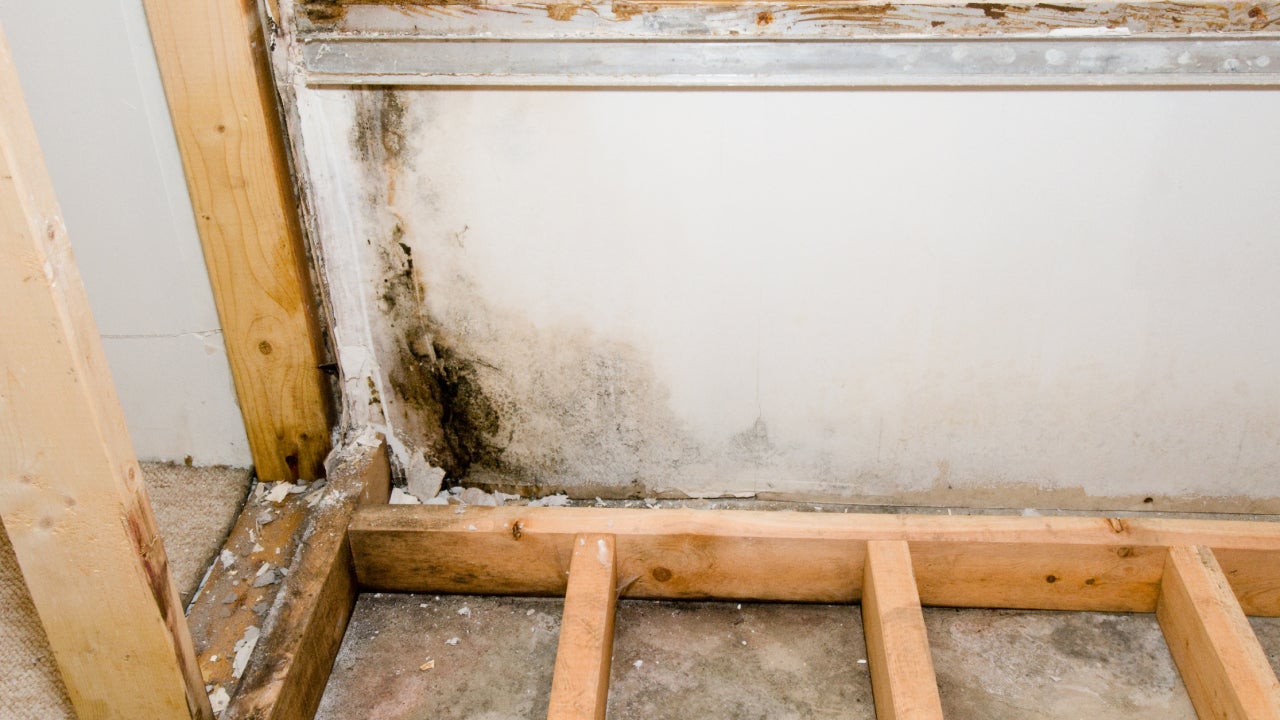What is an insurance declaration page?

A declarations (or declaration) page is a handy overview of your home insurance policy. It lists all of the essential information regarding your policy, like the main policyholder(s), your policy number, the dates your policy is active and coverage limits. It may also list any discounts that are currently active. Most insurers put this information on the first page of your printed policy so it’s easy to find. If you access your insurance policy digitally, it will likely be available in the documents section of your online account.
Key takeaways
- The declarations page is a useful summary of a home insurance policy.
- It typically includes information such as coverage types, limits, and premiums.
- Policy exclusions are usually found in a separate section of the policy document, rather than on the declarations page.
What’s included on a homeowners insurance declarations page?
Some home insurance companies will refer to the declarations page as the “dec” page or the policy declaration page. While the details and format may vary from company to company, there are some consistencies.
Here’s what you can usually find on the declaration page for an insurance policy:
- Insurance company name and contact details: Usually, you can find these at the top of your declarations page.
- Policy information: Your declarations page will also include your policy number and the effective dates of the policy.
- Personal information: Your name, location address and mailing address (if different from the location) will be listed on your dec page, as well as information about your mortgage. You may also see your date of birth listed.
- Coverage information: This is the bulk of your declarations page. You’ll see limits for your standard coverage types as well as any endorsements you’ve added to your policy. For instance, you may see earthquake coverage or scheduled personal property coverage here if you purchased an endorsement for these events. Your deductible amount will also be listed.
- Discounts: You may see the discounts you have applied to the policy listed on your declarations page. Some companies also list other available discounts, so you can see if you are missing any savings opportunities.
- Premium: Your declaration page will list your overall premium and may also list the amount of premium you pay for each individual coverage.
When you purchase a new insurance policy, review your declarations page and make sure the information is accurate. Do not wait until you need to file a claim before realizing an error, like an incorrect deductible.
If you have questions about anything listed on your declarations page, reach out to an agent.
When should you review your insurance declarations page?
Your homeowners insurance declarations page contains valuable policy information. Whether you want to compare rates or check your coverage before filing a claim, it’s often easier to get quick information from your declarations page rather than read through your entire policy. You may need to review your declarations page in these scenarios:
When you need to file a claim
If your home or personal belongings are damaged or you think you are liable for someone’s injury or property damage, you may want to review your declarations page.Any time you think you might have grounds to file a claim, consider checking your policy. Your declarations page contains information about the coverage types and limits you have included on the policy, although more detailed information will be included further into the policy language, known as the “policy jacket.” Understanding what your policy covers could help you avoid surprises when you file a claim.
Before you file a claim, be sure to check your deductible (which you’ll also find listed on the declarations page). In general, most insurance experts recommend that you only file a claim if the estimated cost of damage is significantly higher than your deductible. Filing a claim usually raises your insurance premium, so it’s worth careful consideration before going through with a claim if the damage isn’t extensive.
When you have a question about your coverage limits
If you’re not sure how much coverage you have, your declarations page can help. Your coverage limit is the highest amount of money the insurance company will pay for a covered loss. Each individual coverage — including dwelling, personal property and other structures coverage — generally has a coverage limit. Understanding your limits can help you determine if a loss will be covered fully by the insurance company or if you will need to pay a portion of the expenses out of pocket.
When you want to lower your premium
At some point, you may decide that your home insurance premium is too high, and you want to find ways to save money. On your declarations page, you will see how much you pay, and you may also be able to see if any discounts have been applied.
Review your declarations page to see your coverage limits, deductible and any add-on coverage options that could be increasing your rate. If you decide to change insurance companies, you can review your current declarations page to make sure you are getting an apples-to-apples switch with other insurers.
How to get an insurance declarations page
After purchasing an insurance policy, you will receive a copy of your entire policy, including the declarations page.
If you have a copy of your insurance policy forms on hand, your declarations page will be at the front of the document. It will usually contain a heading that says “Declarations Page” or a similar designation. If you do not have a copy of your insurance policy, you can easily get one from your insurance provider:
- Check your email: If you e-signed your insurance policy, you likely have a copy of it in your inbox.
- Check your company’s online portal or app: Many insurance companies have online portals and mobile apps where you can manage your policy, and you may be able to download a copy of your home insurance policy.
- Look for a hard copy: If you finalized your policy in person, your agent or broker should have given you a physical copy of your policy.
- Call your agent: If all else fails, you can always contact a licensed agent from your home insurance company. They should be able to send you a copy of your policy, either via email or in the mail.
Once you get a new copy, keep one easily accessible in case you have to file another claim. Some agents recommend having a second copy that you keep somewhere outside your home in case important documents get damaged. Consider scanning the document and saving it digitally.
If you’re having trouble reading your policy, a licensed insurance agent can walk you through it.
Frequently asked questions
Why we ask for feedback Your feedback helps us improve our content and services. It takes less than a minute to complete.
Your responses are anonymous and will only be used for improving our website.
You may also like

When does homeowners insurance cover mold?

Does homeowners insurance cover fire damage?

What is a public adjuster and what do they do?

What is an auto insurance declarations page?


